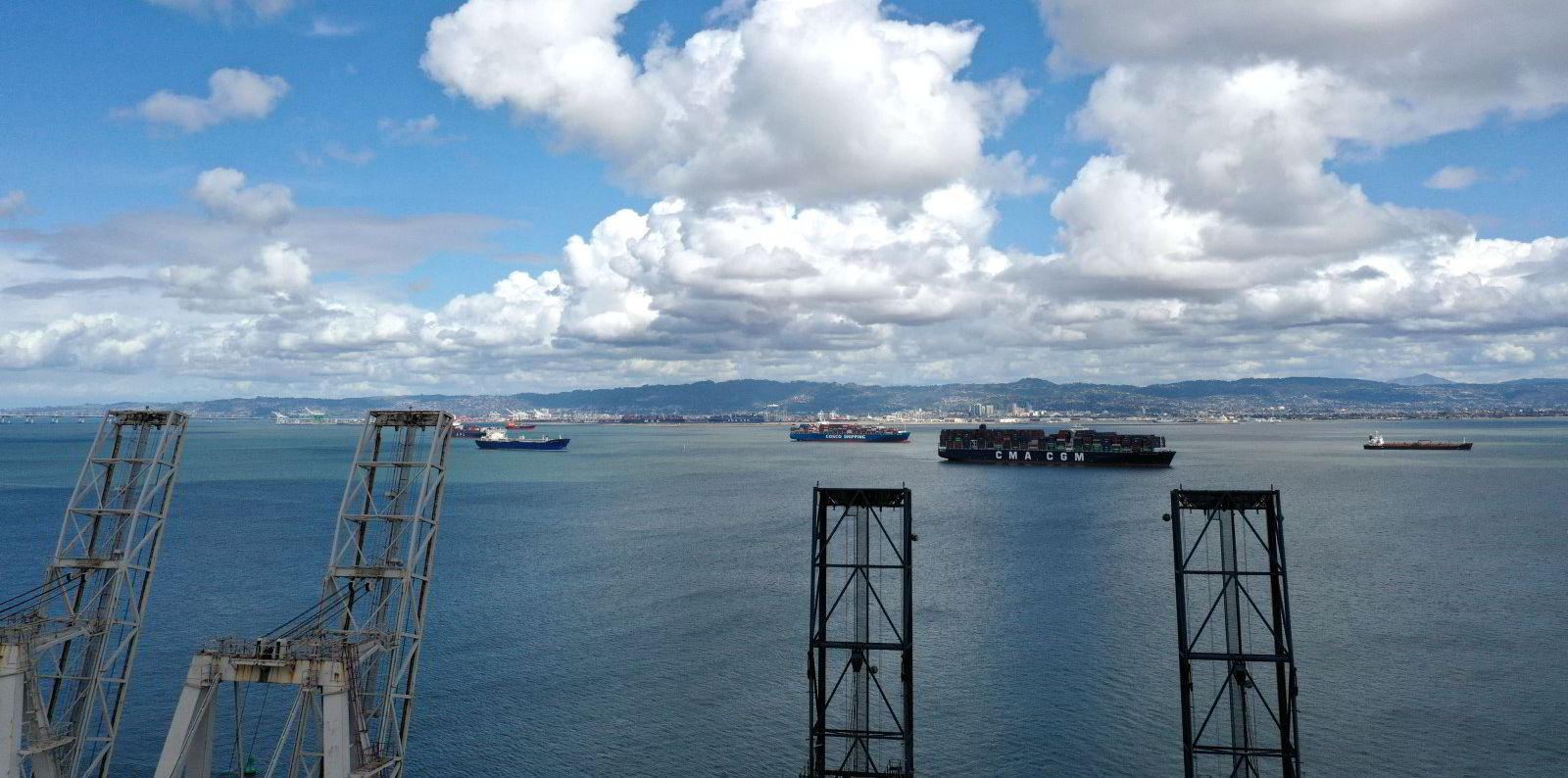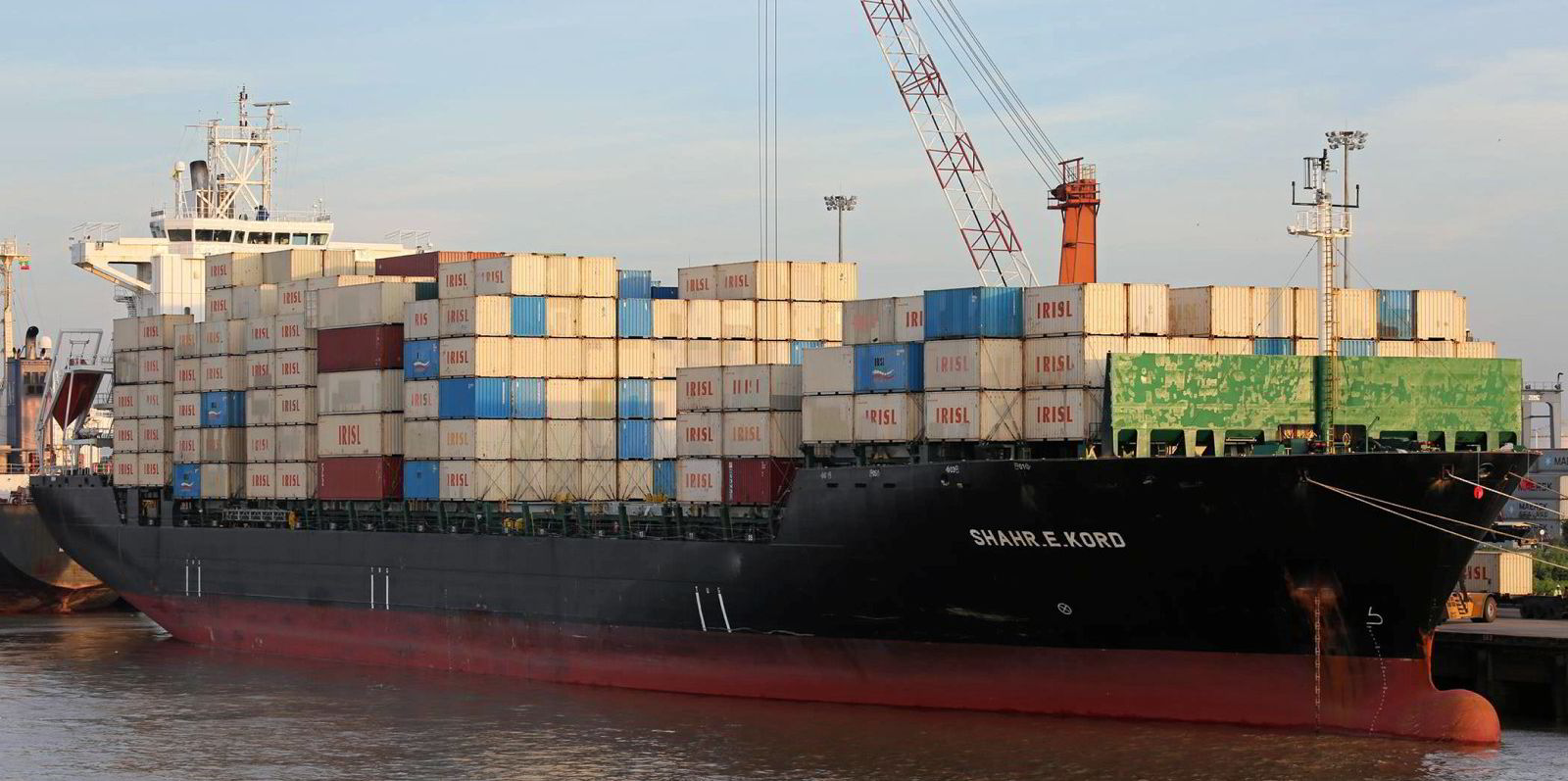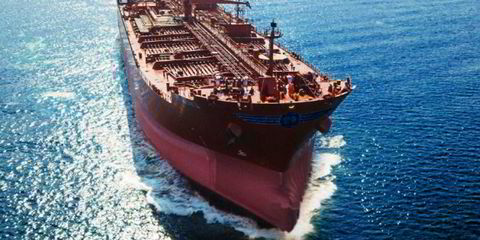More than 100 vessels are being affected by the congestion at Suez Canal following the grounding of a giant boxship, and analysts expect the disruption to boost freight rates and create security risks.
The 20,388-teu Ever Given, owned by Shoei Kisen and operated by Evergreen Marine, ran aground when transiting through the key waterway on Tuesday and the traffic there has been blocked since.
While there were no reports of injuries or pollution, Egyptian officials reportedly said it could take two days for operations to resume to normal.
Industry experts forecast that the spectacle would provide a short-term boost to container rates, while tanker and bulker owners could also benefit.
“For containerships, going via Suez is the main trading route,” Banchero Costa head of research Ralph Leszczynski told TradeWinds.
“A containership coming from China and going to Europe certainly cannot just go somewhere else…[They] will just have to stay there and wait.”
Some believe the congestion is likely to have profound impact on the already-tight container shipping market even though it may not last for long.
Figures from Kepler Cheuvreux revealed 27% of the global container trade utilised the Suez Canal last year.
“Given the already stretched supply situation for the container fleet, this closure of the canal is likely to have an upward effect on container freight rates, already close to all-time-high levels,” the financial services provider said.
Greg Knowler, senior European editor at JOC by IHS Markit, said that the blockage came at “a particularly unhelpful time” with the Asia-Europe supply chain stretched to the limit.
“Container shipping lines have deployed every available vessel to serve heavy demand from European and UK importers, with congestion delaying the handling of inbound cargo,” Knowler said.
“Even a two-day delay would further add to the supply chain disruption slowing the delivery of cargo to businesses across the UK and Europe.”
Serious congestion
VesselsValue data showed 56 ships were at anchorages or terminals within and around the canal as of Wednesday. That includes two LNG carriers, three LPG carriers, 12 bulkers, 13 boxships and 26 tankers.
Most of the tankers were small ships or bunkering barges.
In addition, ship-tracking data from VesselFinder suggested around 50 ships were apparently queuing at the canal’s southern entrance and 20 at the northern entrance.
According to Kpler, at least two VLGCs, 15 LNG carriers, seven crude tankers and 18 product tankers would be affected by the congestion.
Market impact
Vortexa’s senior freight analyst, Arthur Richier, said tanker owners and charterers are facing the tough choice of staying put until traffic resumes or sailing around the Cape of Good Hope.
“If it clears quickly, the risk of impact may be minimal, but every passing hour will support oil prices as well as freight rates,” Richier said.
“If tankers start diverting towards the Cape, any increase in tonne-miles will increase tanker utilisation and support rising freight rates in the short term.”
On the dry side, analysts said there could be a positive impact for supramax and ultramax markets due to congestion.
“There is quite a bit of grain trade, and things like steel products, scrap and other minor bulks [transiting through the canal],” Leszczynski said.
“Russia, Ukraine and western Europe do export quite a lot of grains to the Middle East.”
Another analyst said any effects could be short-lived, though.
“Smaller sizes might see more impact…But unless this is very prolonged, you are unlikely to see significant impact on rates,” he said.
Security issues
Also, Dryad Global said vessels stuck in the area are more exposed to attacks amid geopolitical tensions in the Middle East.
“Static vessels significantly increase the opportunity for would-be threat actors,” the consultancy said.
“With the temporary blockage of the Suez Canal and the inevitable build-up of congestion, there is assessed to be a heightened risk to vessels within the lower Red Sea and Gulf of Aden.
“The primary risk within the area remains specific to those vessels connected to Saudi Arabia, the US, Israel, Indonesia, and Iran. However, all vessels should consider adopting a heightened posture of alertness if forced to remain static.”








